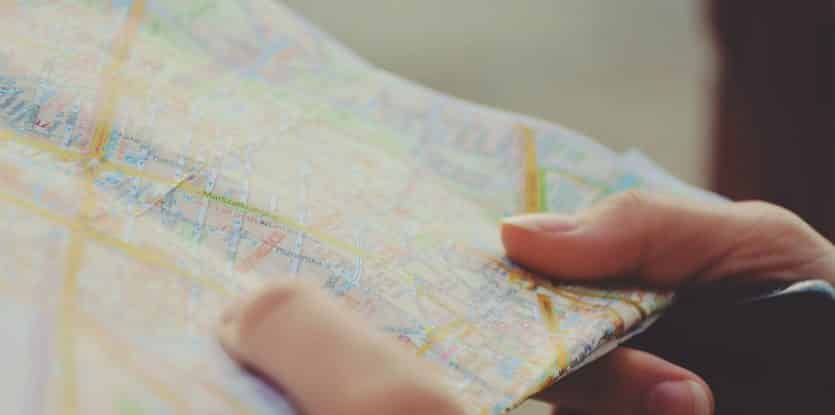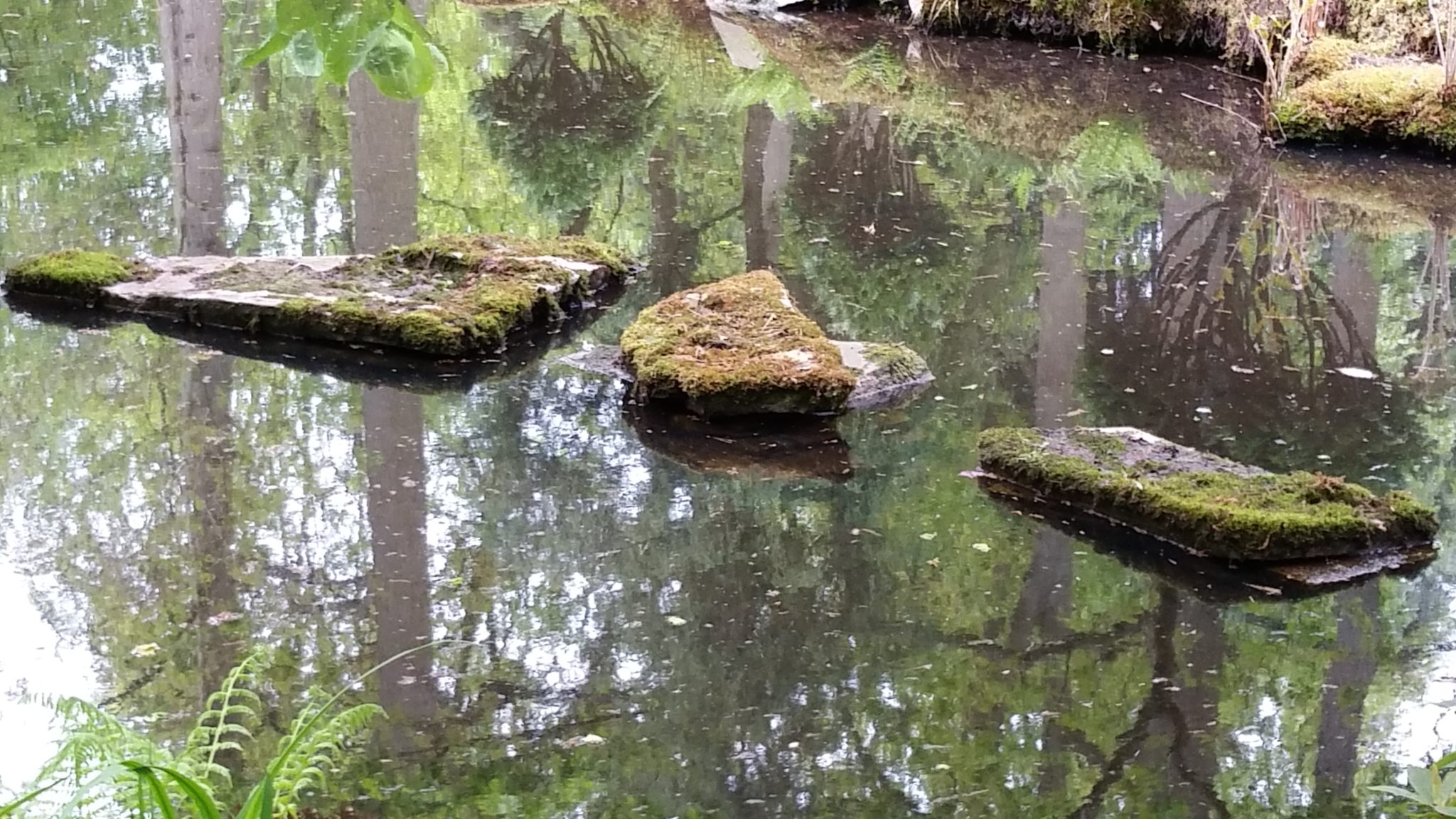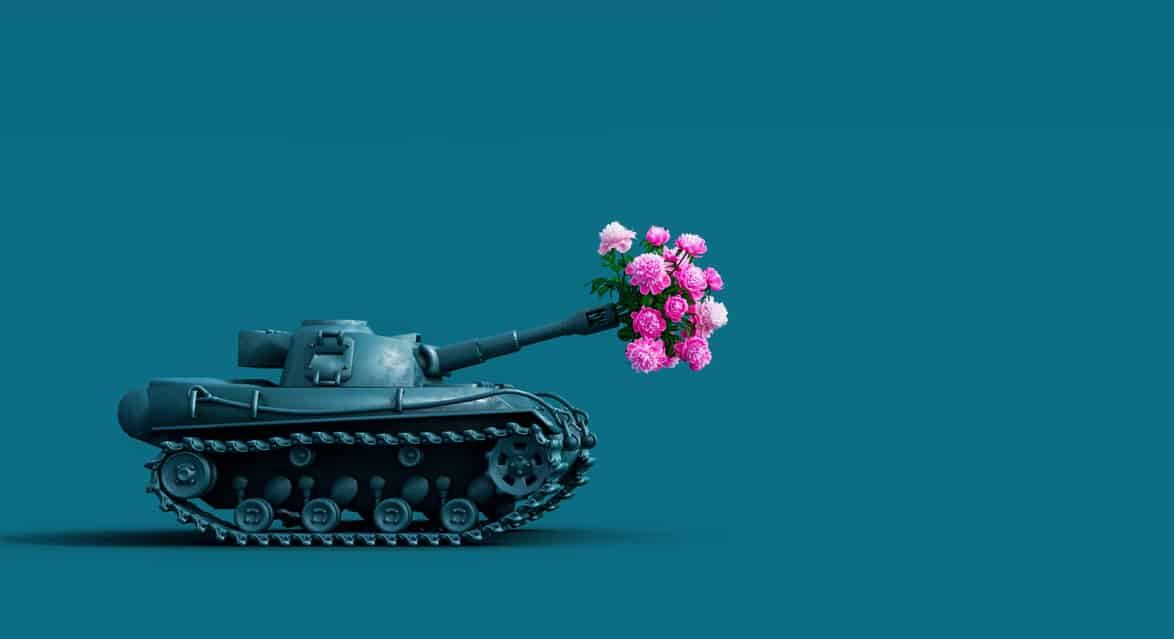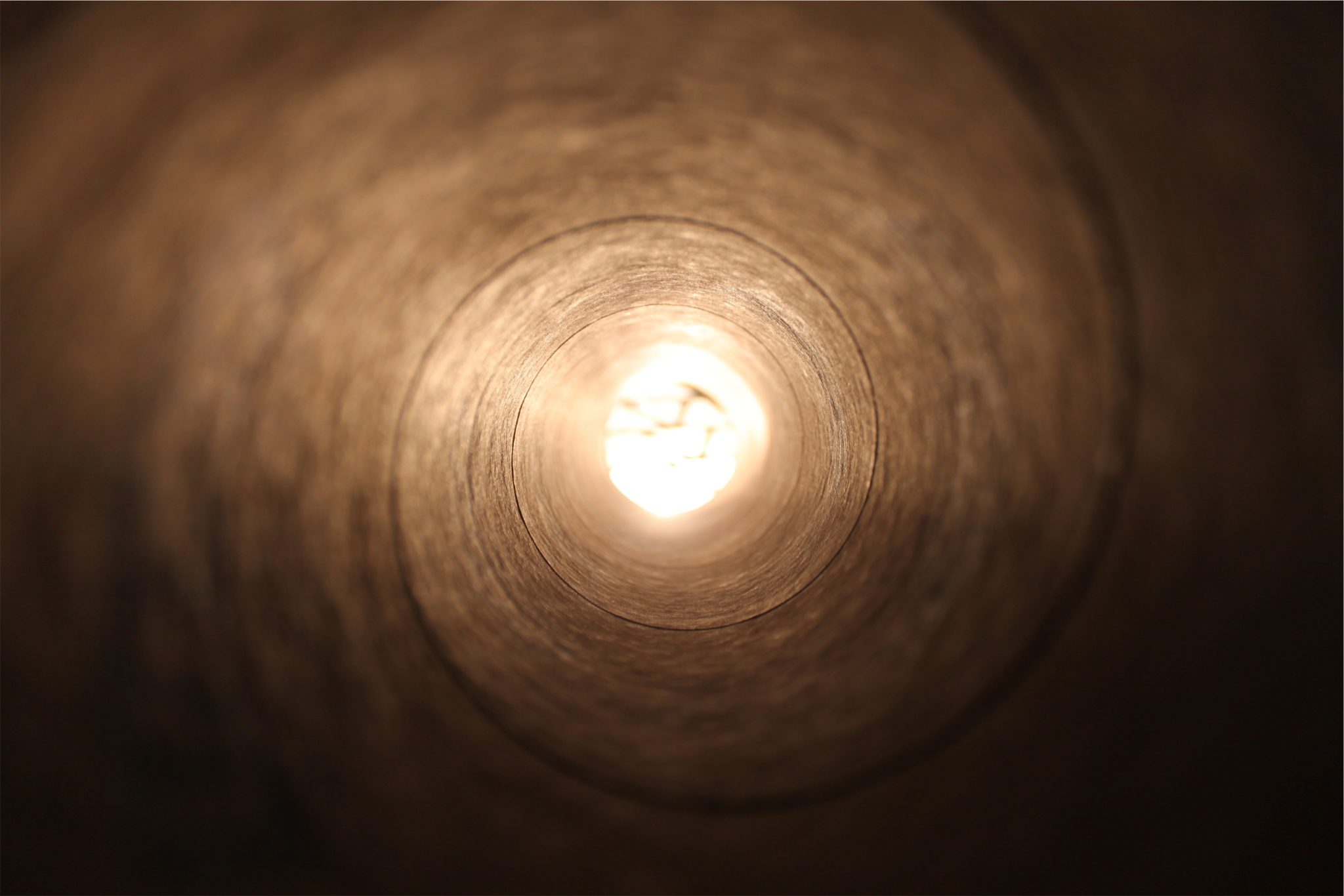— In Honor of the Shloshim (thirty-day period of mourning) of my dear father, Gershon Jacobson —
And the living shall take to heart
The journey of life has many twists and turns. Our travels will take us on many strange roads, lead us through uncharted terrain and bring us to many unknown places. We will each encounter a number of unexpected surprises.
Yet we don’t come unprepared. We were blessed with a roadmap to help us navigate our way through the labyrinth.
The Torah is this roadmap. As a cosmic blueprint of existence, it illuminates for us the dark pathways of our life passage and helps us find direction in an otherwise confused maze.
Bamidbar, the fourth book of the Torah, which we now are in midst of reading, is particularly focused on the journey of life. The Book of Bamidbar, literally desert or wilderness, outlines the journey of the Jewish people through the Sinai wilderness. Each chapter in this book conveys another vital message to us, in an accumulating sequence, about how we must travel our journey.
Last week we reviewed the first five portions of the book, Bamidbar, Nasso, Behaalotcho, Shelach and Korach. Briefly, the chapters tell us that life’s journey is traveling through a “terrifying” desert, with the objective to transform it. We have the power to be lifted to great places and to illuminate others, and inspire them to become emissaries in refining the world.
Yet, challenges abound, as this week’s chapter Korach reminds us. Lacking bittul (selflessness) rebellious voices turn us arrogant, and we can forget our mission, or even defy it for many “good” reasons.
This week we will continue with the latter five portions.
Chukat: “Chukah” refers to the body of supra-rational laws that we accept as axioms (in contrast to “meshpotim,” the rational laws, and “eidut,” the commemorative ones). “Chukah” therefore, is also rooted in the word “chakikah,” engraving. The axioms of life are not superimposed, but engraved in the very core of our foundations.
Chukat teaches us that there is only way to overcome the challenges of life’s voyage – and G-d knows that there are many, much more than we would prefer. That way is to accept, with unwavering determination the mission we are on; accept it as a given reality – as real and more real than the challenges themselves. Only such an internally engraved “chukah”-axiom can counterbalance the demoralizing fears and inhibitions, the gnawing doubts and misgivings, the voices of apathy and cynicism, imposed upon us in the weary desert journey.
And when we do, even death itself – the ultimate blow to mans’ conceited self-importance – can be conquered. Chukat reveals for us the secret of the Red Heifer to “purify” from death’s stranglehold: The purification came about through combining ash and water. The Chassidic mystics explain, that the power of life – and of all energy – comes from the firm commitment to the ebb and flow of life’s two poles, tension and resolution (fire and water).
To travel through this challenging world we need to learn how to swim the rhythms of life. To know when to thrust forward and when to pull back, when to go against the tide and when to allow it to carry you. A good swimmer knows when to not attempt to fight the powerful waves, and then when to surge ahead.
But all this technique is predicated upon the unshakeable “chukah” commitment to the mission itself.
Balak: Then comes a new challenge. Envy and the thirst for power. Balak attempts to hire the prophet Balaam to curse the Jewish people and prevent them from concluding their journey in the wilderness. Ultimately, Balaam ends up blessing the people instead.
Some of the greatest difficulties in life’s journey are the forces that surround us and demand our conformity. As you march forward with firm resolve, many lurking “Balak’s” will attempt to stop your advance. If you remain strong and resolute in your Divine mission, you have the power of the Divine that protects from all “curses,” and indeed transforms them into the greatest blessings.
But then, Balaam makes a “curtain call” and tells Balak to send the Moabite women to seduce the Jews. “You cannot destroy them. But they can destroy themselves,” is Balaam’s essential message.
The only response to self-destruction from within is —
Pinchas: Ultimate self sacrifice (mesirat nefesh). With zealousness and absolute humility, Pinchas defended the honor of G-d and stood up against His desecration.
Zealotry is not condoned in the Torah, for all its obvious potentials for abuse. The Torah’s method is to serve with gentleness not with aggressive zealousness. Torah is meant to bring peace to the world, not violence even in the name of G-d.
Yet, there are times that require a Pinchas to stand up to blatant abuse and preserve spiritual integrity. The condition for this type of zealousness however is selflessness, to ensure that the zeal has not tinge of self-interest. Thus, Pinchas was blessed with the covenant of peace; his zeal brought peace, not aggression.
Matot: The tribes are sometimes called shevatim, “branches.” At other times they are described as matot, “rods,” expressing their nature as offshoots from a common stem. While shevet and mateh are both synonyms for “branch,” the shevet is a pliant, flexible bough, while mateh connotes a stiff stick or rod.
In this chapter the titles “matot” is used to underscore the need for firmness and determination in carrying out the mission of our journey.
Yet there is also a need to balance firmness with flexibility, lest we get caught in the trap of stubborn obstinacy that does not allow us to grow and move forward. Coupled with firmness we need to have the ability to yield. A strong tree has both firm roots and growing branches.
Matot therefore has to be complemented by —
Massei: Movements. As the last portion of this book “Massei” (journeys) sums up all the forty-two journeys in the desert.
The bottom line is that whether you’re traveling through a desert or a garden the key is that you are traveling. You’re not stuck or paralyzed. Not frozen or locked – but on the move.
Movement, mobility is the sign of life. Not just physical movement but spiritual movement. There are people who move about all the time – and have racked up millions of “frequent-flyer” miles – but intellectually, emotionally, psychologically they may not have budged from their locked psyche.
Then there are those – some of whom I have witnessed – that can sit for hours in one place, but their minds, hearts and souls are traveling “billions of miles.”
Watch a true chassid pray under a Tallit (prayer garb). For hours on end he may remain in one physical place, while he travels through universes.
So there you have it, a book of journeys that tells us about our journey through our psychological wildernesses.
A ten-point plan that can help anyone of us make it through the toughest wastelands and the driest deserts.
And not just survive, but flourish.







